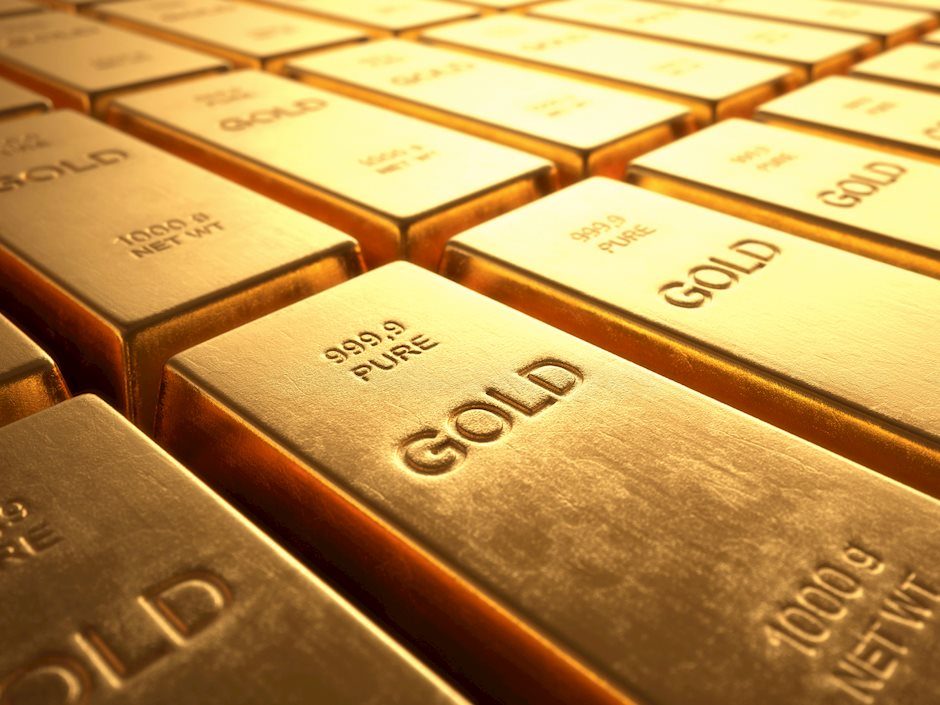Four scenarios for big moves in precious metals markets

World events are driving a volatile and potentially pivotal environment ahead for investors. Huge swings in financial markets are likely still to come.
Direction, magnitude, and timing are difficult to predict. But precious metals bulls are eying massive upside potential for gold and silver as war and inflation stoke safe-haven buying.
What follows are four major macro scenarios that could impact metals markets in a big way in the months ahead.
Scenario 1: Recession incoming
In recent weeks, rising yields have stuck bondholders with big losses. Higher borrowing costs also threaten to hit the housing market and force businesses to scale-down spending.
Economists are paying particularly close attention to the shape of the yield curve.
A flattening yield curve (meaning long-term rates are converging closer to shorter-term rates) suggests a slowing economy. An inverted yield curve (with long-term bond yields falling below shorter duration paper) is a classic indicator of an incoming recession.
On Tuesday, a key zone of the U.S. Treasury yield curve inverted for the first time since September 2019. Yields on the two-year note moved slightly above those on the benchmark 10-year note.
Federal Reserve officials may be afraid to hike their ultra-short benchmark rate much further into this yield curve setup.
If recession warnings continue to build, the Fed may opt to pause on tightening – and possibly even reverse course by next year with rate cuts.
In the event of a recession, though, industrial metals and other economically sensitive commodities could suffer sharp sell-offs – at least until the Fed reinflates the economy.
Gold, being uncorrelated to the economic cycle, is likely to hold up relatively well in a recession scenario.
Scenario 2: Summer of shortages
Recent spikes in energy and food prices are raising fears of widespread supply shortfalls.
A devastating war in agriculture-rich Ukraine combined with sanctions on Russian fertilizer exports could deliver a massive shock to the global food supply chain. Some are warning of a famine in food-insecure countries.
By the summer, it will be too late to recapture losses from a diminished planting season.
Summer also typically sees peak demand for gasoline. But with global energy markets thrown into chaos by war and sanctions, supply may be insufficient to meet that demand.
Any shortages in food, energy, and other essentials are likely to extend to precious metals markets at the retail bullion level – and possibly the physical delivery mechanism on futures exchanges as well.
Scenario 3: Global monetary disorder
The world monetary order based on the U.S. dollar as world reserve currency is becoming unstable.
In waging a currency war on Russia, the U.S. government may have inadvertently accelerated the process of dethroning King Dollar. The U.S. has essentially announced to all countries that wish to trade with Russia that they must seek alternatives to the dollar. (Or if they ever envision themselves being crossways with the U.S. in the future.)
Russia, meanwhile, has declared that those who wish to obtain oil, gas, and other Russian exports should be ready to pay in rubles or in gold.
In a surprising twist, Russia is now seeing an influx of demand for rubles – and the currency is actually strengthening in value.
In part that is because Moscow intends to use surplus rubles to buy gold.
Gold could suddenly become a lot more relevant to other countries, including China, as the ultimate money and a facilitator of international trade.
Even if no new formal gold standard emerges, a large increase in central bank buying of gold around the world would pressure precious metals prices higher in terms of depreciating U.S. currency.
Scenario 4: World War III
The final scenario is the bleakest for investors and for humanity overall: an escalation of U.S.-Russia tensions past the point of no return.
Vladimir Putin’s government has said it won’t use nuclear weapons unless it perceives an “existential threat.” A U.S.-led campaign for regime change would likely constitute such a threat.
President Joe Biden asserted last week in supposedly off-the-cuff remarks that Putin “cannot remain in power.”
Biden’s foreign policy handlers scrambled to issue statements denying that the administration intends to pursue regime change in Russia.
They understand the dangers of such talk even if Biden himself doesn’t.
A single misstatement or diplomatic blunder could start World War III. The nuclear Doomsday Clock is ticking closer toward midnight than at any time since the height of the Cold War.
Among the economic consequences of war are huge spending commitments, a scramble for resources, and ramped up pressure on inflation.
The time to hunker down is before the first bombs are dropped. Hunkering down financially means holding assets outside the banking system and far removed from Wall Street. It means holding the highest-quality, most durable, most universally recognized assets. It means holding gold and silver in physical form.
To receive free commentary and analysis on the gold and silver markets, click here to be added to the Money Metals news service.
Author

Stefan Gleason
Money Metals Exchange
Stefan Gleason is President of Money Metals Exchange, the national precious metals company named 2015 “Dealer of the Year” in the United States by an independent global ratings group.

















